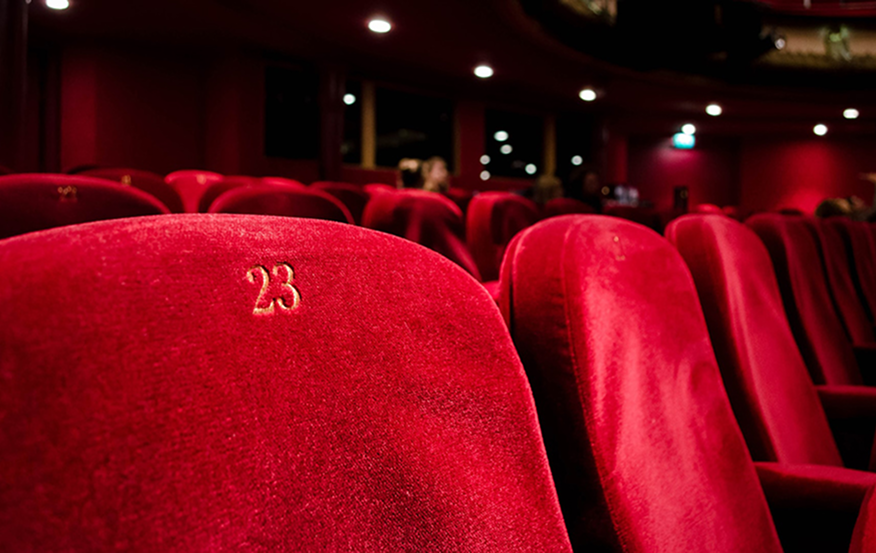International cinema enriches London’s cultural fabric, encouraging cross-cultural understanding and appreciation. It also provides opportunities for audiences to experience storytelling techniques and artistic approaches different from those commonly seen in mainstream Western films.
Advertising
6. The Rise of Boutique Cinemas
In recent years, boutique cinemas have gained popularity in London. These smaller venues focus on comfort, ambiance, and personalized experiences. With plush seating, artisanal snacks, and curated film selections, boutique cinemas appeal to those seeking a more intimate and sophisticated moviegoing experience.
Boutique theaters often host themed nights, double features, and interactive events, combining social engagement with cinematic appreciation. They cater to niche audiences and emphasize quality over quantity, providing a contrast to the large multiplexes.
7. Cinema and Social Interaction
London cinemas are not just about watching films—they are social spaces where people gather to share experiences. Film clubs, discussion groups, and community screenings foster interaction, debate, and connection. Participating in these events enhances the viewing experience, allowing audiences to explore different interpretations, analyze themes, and engage with others who share a passion for cinema.
Many arthouse and independent cinemas encourage dialogue through post-screening discussions or workshops. These interactions deepen understanding and create a sense of community among cinema enthusiasts.
8. Accessibility and Inclusivity
London’s cinema scene prioritizes accessibility and inclusivity. Many theaters offer screenings for audiences with hearing or visual impairments, relaxed screenings for individuals with sensory sensitivities, and affordable ticket options to ensure that cinema remains accessible to all.
Inclusion extends beyond accessibility; theaters often feature films representing diverse voices, identities, and experiences. This commitment ensures that the cinematic landscape reflects the city’s multicultural population and encourages broader representation in storytelling.
9. Experiencing Cinema in Different Neighborhoods
London’s neighborhoods offer unique cinematic experiences. West End cinemas provide central access to major releases, while areas like Notting Hill, Shoreditch, and Camden feature independent venues with artistic and cultural programming. Each neighborhood brings its own atmosphere, architecture, and local flavor, enhancing the experience of visiting cinemas across the city.
Exploring different venues allows visitors and residents alike to appreciate the diversity of London’s cultural scene. From historic theaters to modern arthouse spaces, the city offers a cinema experience that caters to every taste and interest.
10. Conclusion
London is a city where cinema thrives in all its forms. From mainstream multiplexes to intimate arthouse venues, film festivals, and boutique theaters, the city offers diverse opportunities for entertainment, cultural exploration, and social engagement.
Cinemas in London are not only spaces for watching movies—they are hubs of creativity, learning, and community. They allow audiences to experience stories from around the world, connect with others, and engage with film as an art form. For both residents and visitors, exploring London’s cinematic landscape provides a rich, immersive, and unforgettable cultural experience.
Whether seeking the excitement of blockbuster releases, the artistic depth of independent films, or the charm of historic theaters, London offers something for every cinema lover. The city continues to celebrate and evolve its cinematic heritage, ensuring that film remains an integral part of British cultural life.
